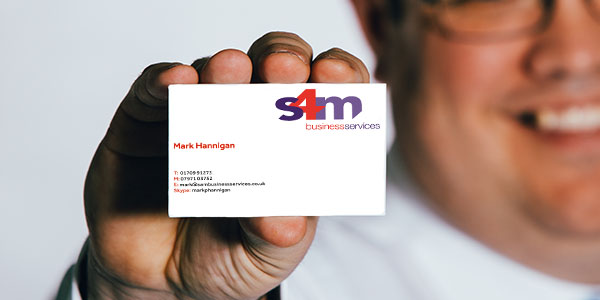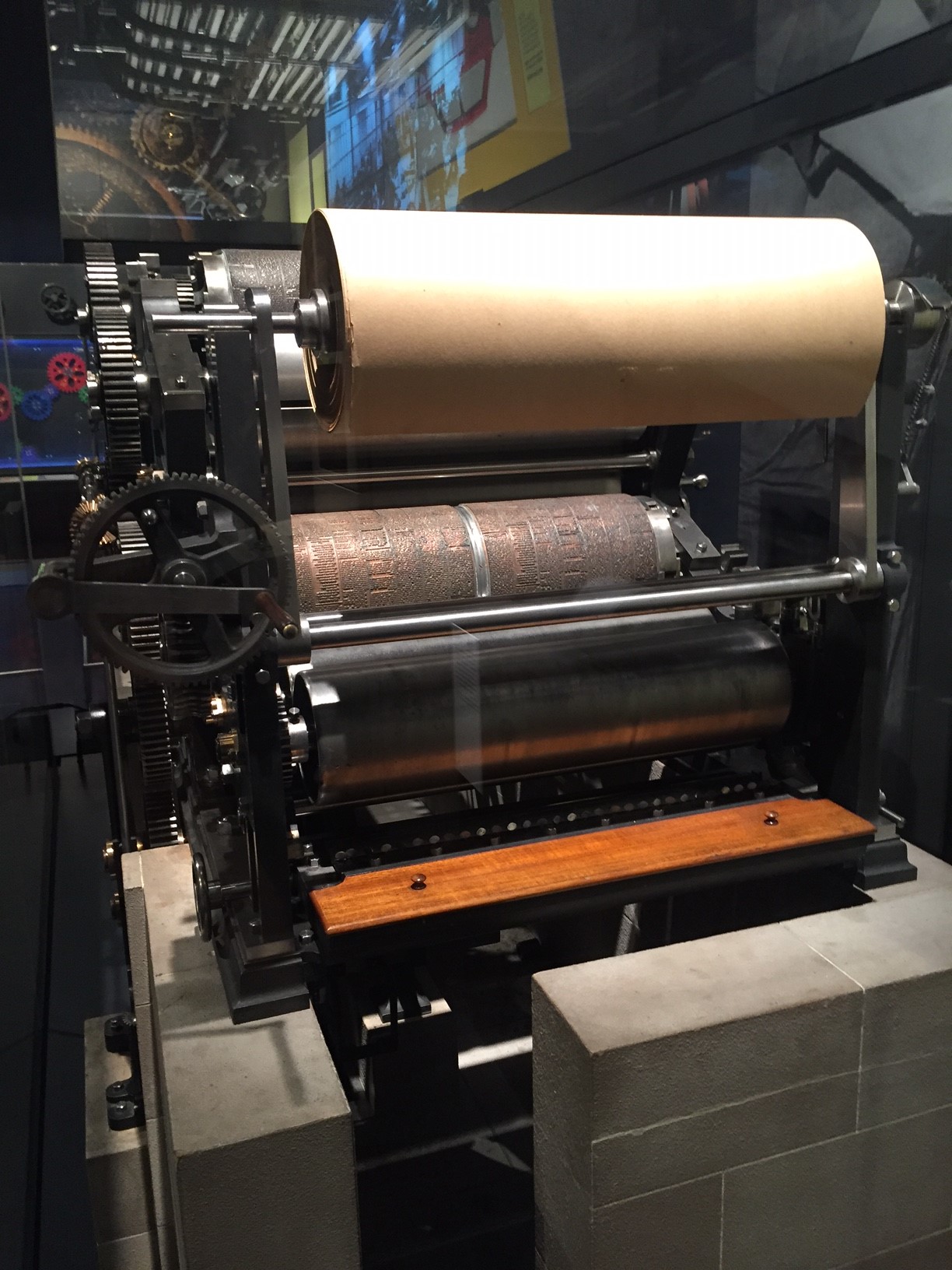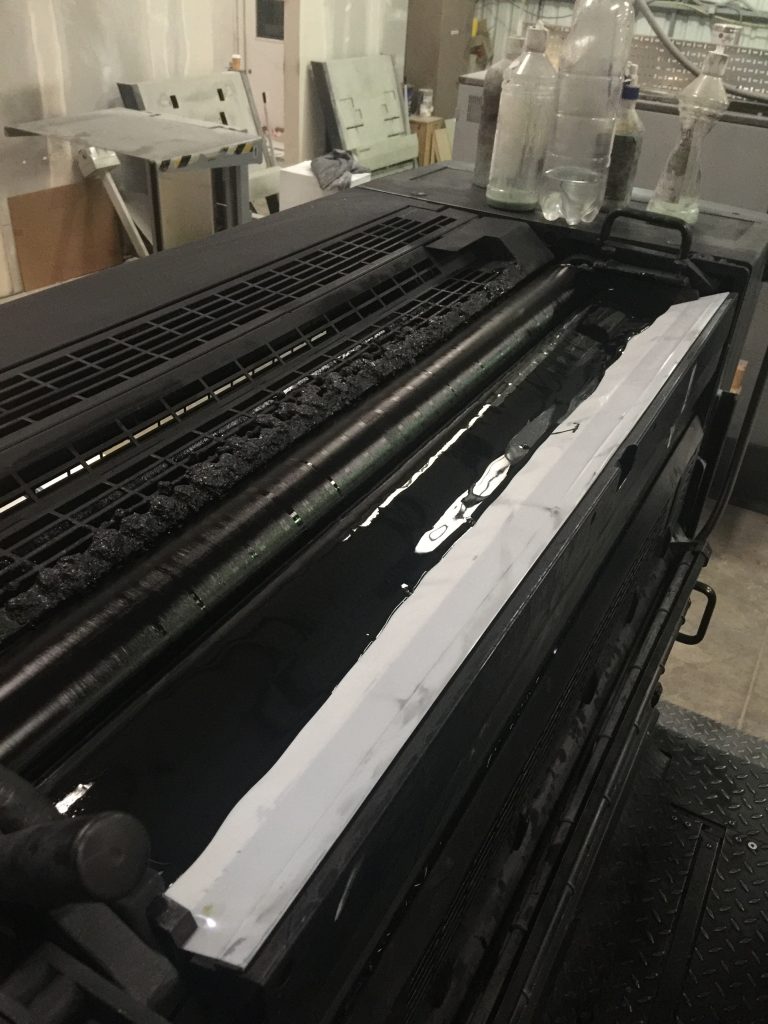In a world where technology is running amuck, printing still there in the background continuing to facilitate exactly whatever business needs it to do.
Take the simple business card for example. The standard size is 85mm x 55mm printed portrait or landscape, normally on anything from 350gsm to 400 gsm stock. Every company has a host of employees who use business cards. These are the initial introduction to your company and it the first impression a client gets so they must be right. In my previous role, business cards were the fuel of the business. Exchanging and growing contacts was the name of the game. This is no different in any business, industry or market. I made a point of keeping most cards I ever received as you never know when you will need that contact again in the future. I will now explain why I kept most and not all…
One thing that became apparent was the different designs and detail people do to make them stand out from the crowd. Die-cutting teeth marks, double size fold-over cards, plastic credit card style, inbuilt USB, even metal! These are all great but in my opinion, they defeat the object.
I never kept any card that didn’t fit in my business card folder. These pouches are designed to fit a standard card. The styles mentioned above generally tended to rip or tear the pouches!
My advice would be to use a standard size card but make it look and feel right. Design it to stand out, add a matte Laminate and Spot UV it. This then look good, feel good and you know people will keep them and most importantly, remember you. This is my advice and people may disagree. If you are going to do some unique finishing of your cards, make sure they work for you and more importantly your potential client
Please give me a ring if you would like any advice on Business Cards and how to make them work for you.






